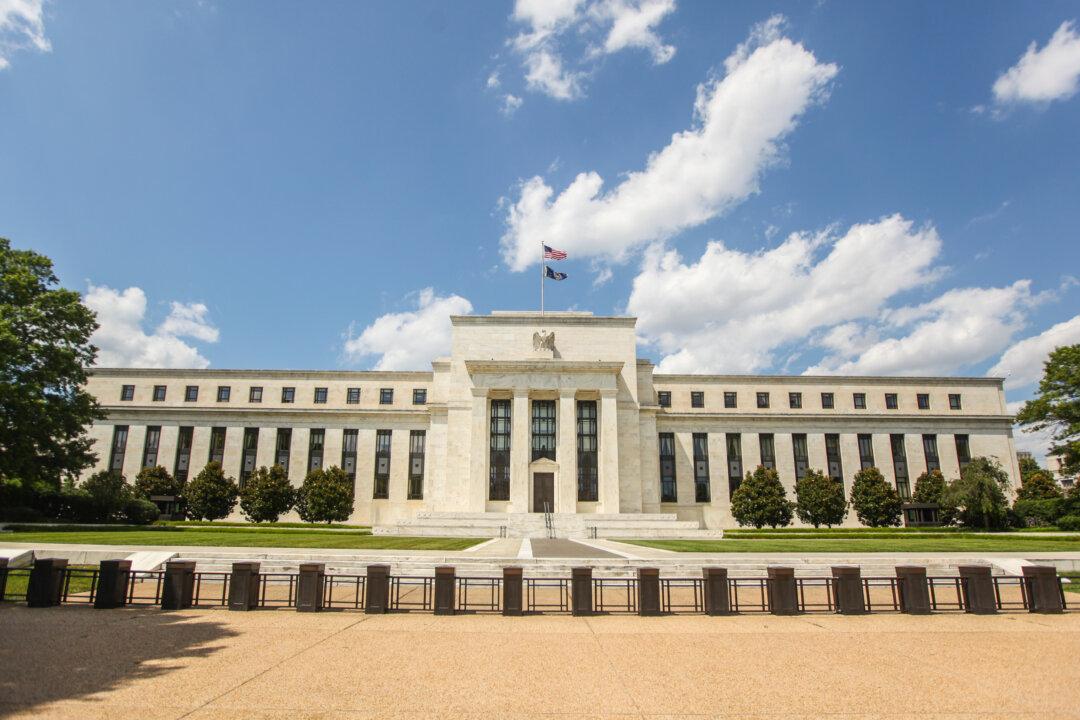China’s currency and the capital outflows behind it have dominated headlines and market analysis in the last half year.
One of the causes for the outflows ($676 billion in 2015) is the repayment of foreign currency debt or the unwinding of the carry trade. In the windup of the carry trade, investors borrowed in a country with a low interest rate (the United States) and invested in a country with a high interest rate (China).
The Bank of International Settlements (BIS) tracks this data and just released its findings for the third quarter of 2015, the period before, during, and after China’s shock devaluation of last August.
This BIS finds that China’s total cross-border foreign currency liabilities decreased $130 billion to $877 billion from the second quarter to the third quarter of 2015.
“This represents the sharpest single quarter drawdown since data were made available in the first quarter of 1978 and a 20.9 percent fall from its peak of $1109 billion in the third quarter of 2014,” the investment bank Nomura wrote in a note to clients.
Chinese banks owe most of the foreign currency debt ($530 billion) with other corporations owing the balance, although banks mostly facilitate these transactions for corporations.






